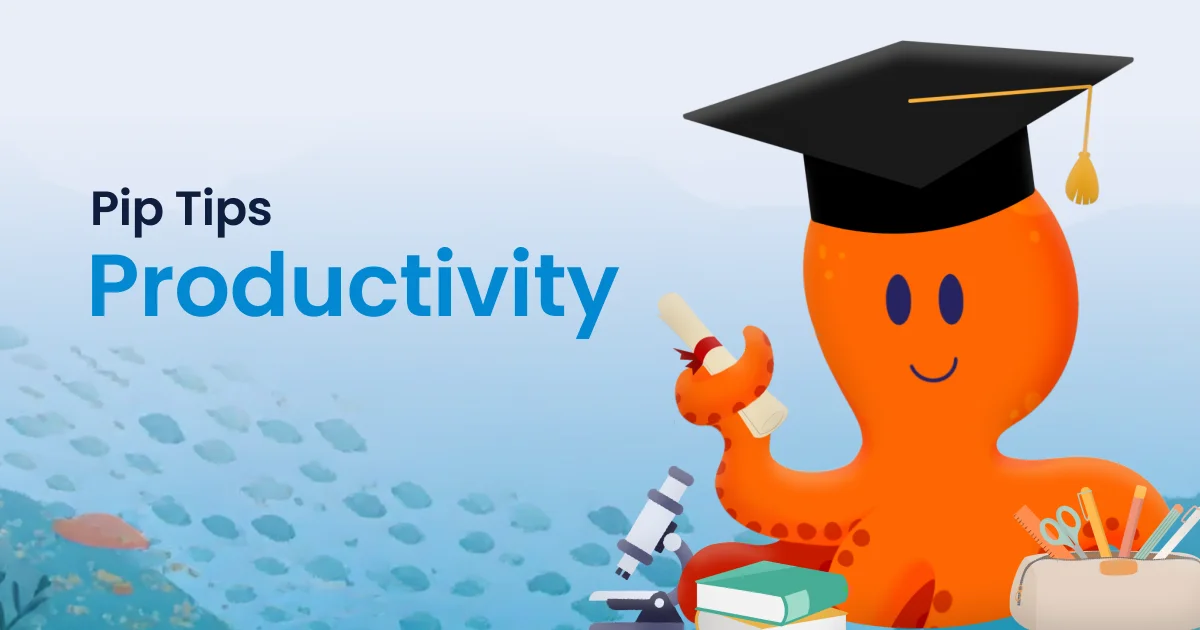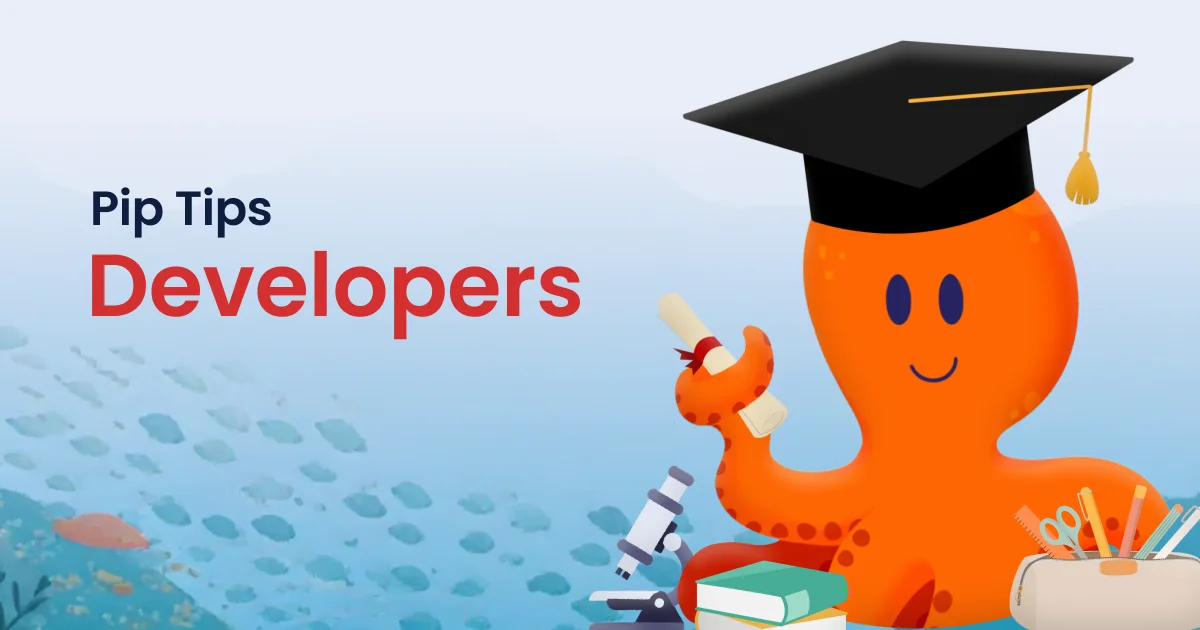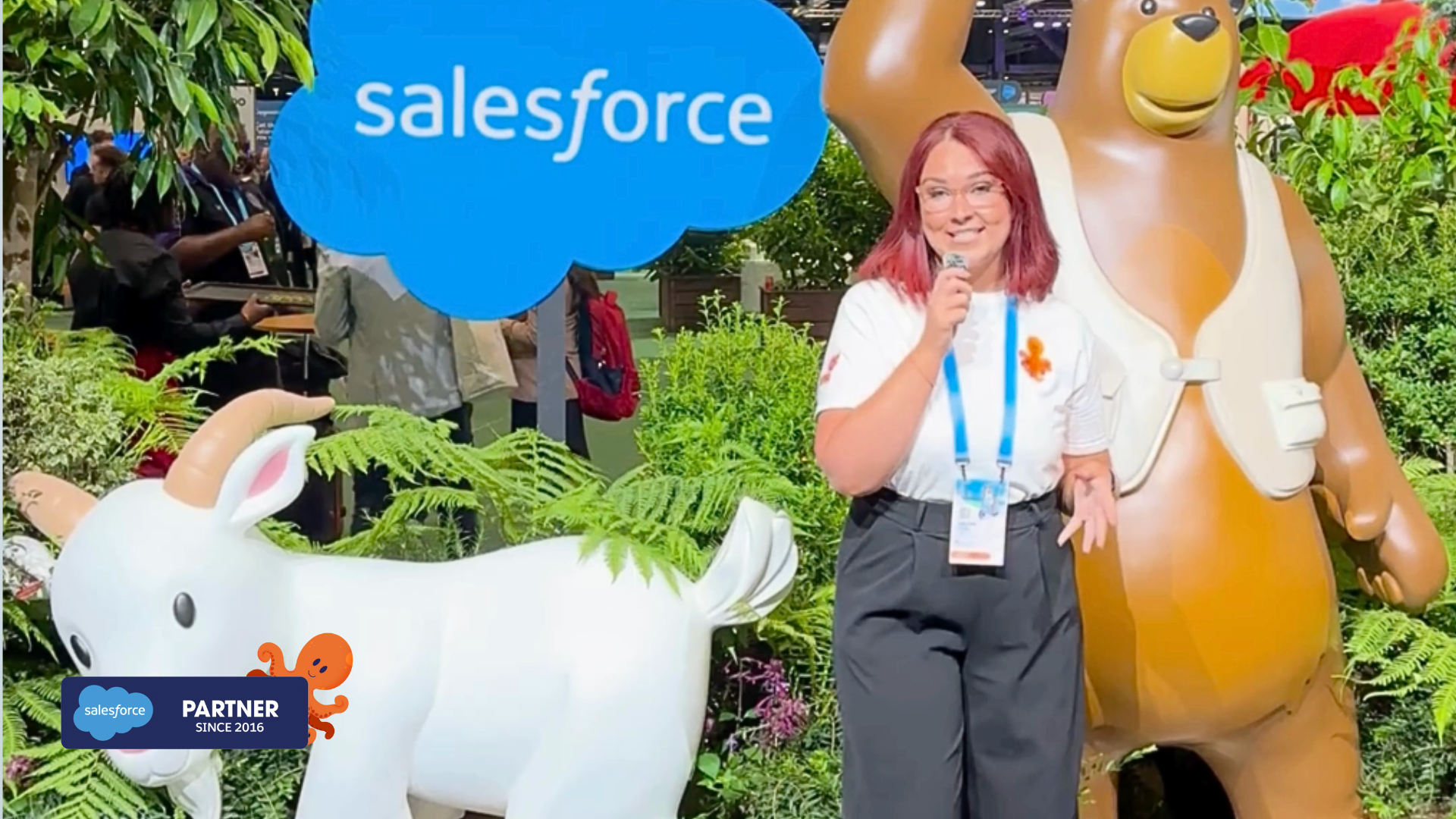For the early adopters, digital leaders, and curious innovators who’ve had their eye on Agentforce but felt a little stuck on how to get started, Salesforce has just dropped some news that might clear the runway for takeoff.
Agentforce is Salesforce’s platform for building AI-powered digital agents – think of them as tireless, always-on teammates who can help with everything from customer service to sales follow-ups to employee onboarding. These agents are trained to handle specific tasks across your org, surfacing information, solving problems, and even triggering actions automatically.
They’re not chatbots. They’re digital coworkers – and the next evolution of how we get work done.
But despite the excitement, there’s been one recurring speed bump: pricing.
Enter Flex Credits!
Previously, Agentforce’s pricing was based on conversations, which worked well for some use cases but didn’t fit all. With the new Flex Credits model, Salesforce aimed to create something much more flexible, scalable, and digestible for teams looking to explore, test, and expand their digital workforce strategy. “Flex Credits ensure you only pay for the exact actions Agentforce performs – whether that’s updating customer records, automating complex workflows, or resolving cases.” (Salesforce, 2025).
Here’s what we know:
- Pay-per-action: You only use credits when an agent takes a real action (like resolving a support case or updating a record).
- A ‘pack’ of 100,000 credits will be priced at $500
- 20 credits = 1 action (therefore $0.10 per action)
- No usage surprises: Clear tracking through your Salesforce Digital Wallet lets you forecast and manage AI spend with confidence.
- Available now: Already live and available – with Enterprise Edition customers and above having access to 100,000 flex credits with Salesforce Foundations!
This change allows users to start small, experiment with different agent use cases, and scale what works – without overcommitting upfront.
The Flex Agreement
Notably with this announcement, Salesforce is also introducing a Flex Agreement, which allows you to reallocate budget between user licenses and AI ‘labour’. If your headcount shifts or your priorities change, you can adapt your investment accordingly.
Essentially: if you’re running a dynamic business (and who isn’t these days?), this model works with you – only consuming credits when there are genuine, measurable business outcomes and allowing interchangability between credits and licenses. A truly future-proof offering.
How will this new pricing model help?
Agentforce is powerful – but like any new tech, getting started can feel daunting. These pricing updates make it much easier to:
- Pilot agents for niche use cases
- Manage tech budgets encompassing AI
- Expand success stories across departments
- Tie investment directly to tangible business outcomes
- Test, learn, and optimise before scaling
- Align AI strategy to evolving priorities
And for those already dabbling in Agentforce? This is your chance to go further, faster, with a pricing structure that truly supports growth.
Why is this a change for the better?
Why were people hesitant to invest? The old Agentforce pricing model, which was based on cost-per-conversation (e.g. $2 per conversation), understandably created hesitation for several key reasons:
1. Unpredictable Costs
Problem: Conversations are dynamic and variable. Some are short, others spiral into long interactions with multiple steps.
Impact: It was hard for businesses to accurately forecast spend, especially if adoption scaled quickly or agents were used in more complex ways.
2. Lack of Cost-to-Value Clarity
Problem: One “conversation” might result in a small task (like updating a field), while another might resolve a full support case – yet both cost the same.
Impact: This misalignment made it hard to justify ROI, especially when trying to scale use across various functions.
3. Discouraged Experimentation
Problem: With each conversation carrying a flat fee, businesses were reluctant to test or iterate on new use cases for fear of racking up unpredictable charges.
Impact: It slowed innovation, especially in departments outside of customer support where value might be more indirect or exploratory.
4. Not Tailored for Non-Conversational Agents
Problem: Many AI agents now go beyond conversation – automating workflows, updating data, or triaging requests behind the scenes.
Impact: A “conversation-based” price model didn’t fit these kinds of automations, leading to misalignment with modern use cases.
5. Perceived as Too ‘One-Size-Fits-All’
Problem: Businesses come in all shapes and sizes, and their AI strategies are equally diverse.
Impact: The previous model lacked flexibility for teams who wanted to scale at different paces, try niche use cases, or optimise per department.
The initial model was rigid and difficult to forecast, making it a challenge for prospects to take the first step confidently.
The new Flex Credits model removes those blockers by:
- Tying cost directly to specific actions
- Offering full transparency and control
- Enabling experimentation without financial risk
- Scaling smoothly with business growth
Want to Learn More? Come See Us at Agentforce World Tour London!
If you’re ready to roll up your sleeves and see what Agentforce can really do, join us at the Agentforce World Tour on 11 June at London’s ExCeL Centre.
Whether you’re just curious or already building agents, our team at Performa – Agentforce specialists since the pilot – will be on hand to guide you through real-world demos, best practices, and how to get started (or get better).
🎟️ Book your Agentforce consultation
🧑💻 Get hands-on experience
📈 See how you can achieve real business outcomes with AI-powered agents
Ready to Get Started?
If you’re thinking about where Agentforce could fit into your business – or wondering if you’re AI-ready at all – let’s talk.
Book a call with us today and take the first step toward building your digital workforce.
Learn More:
References:Salesforce (2025) Salesforce Introduces New Flexible Agentforce Pricing to Accelerate the Digital Labor Revolution. Available [online] here.









